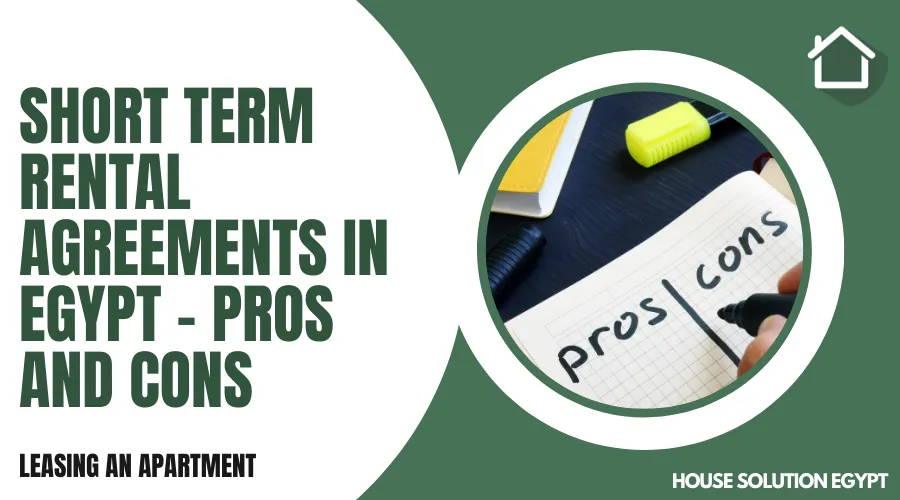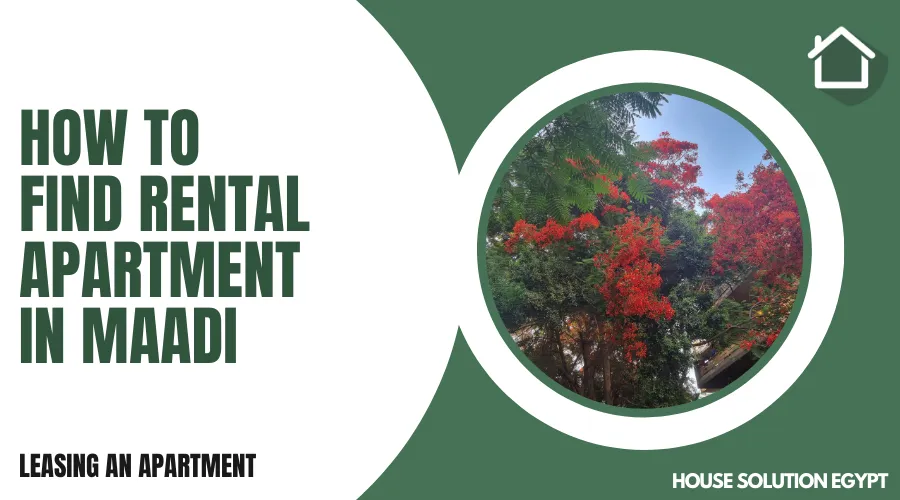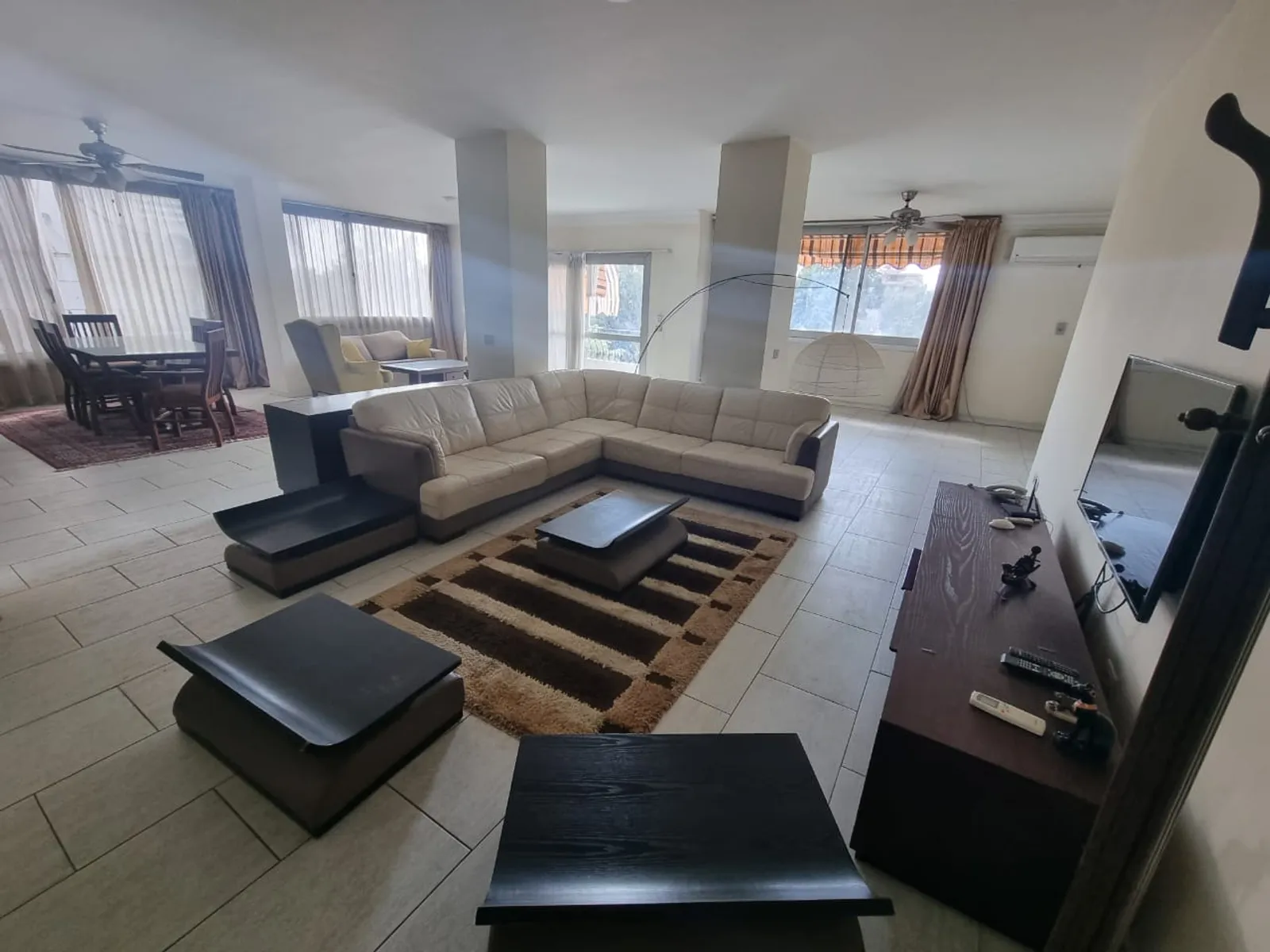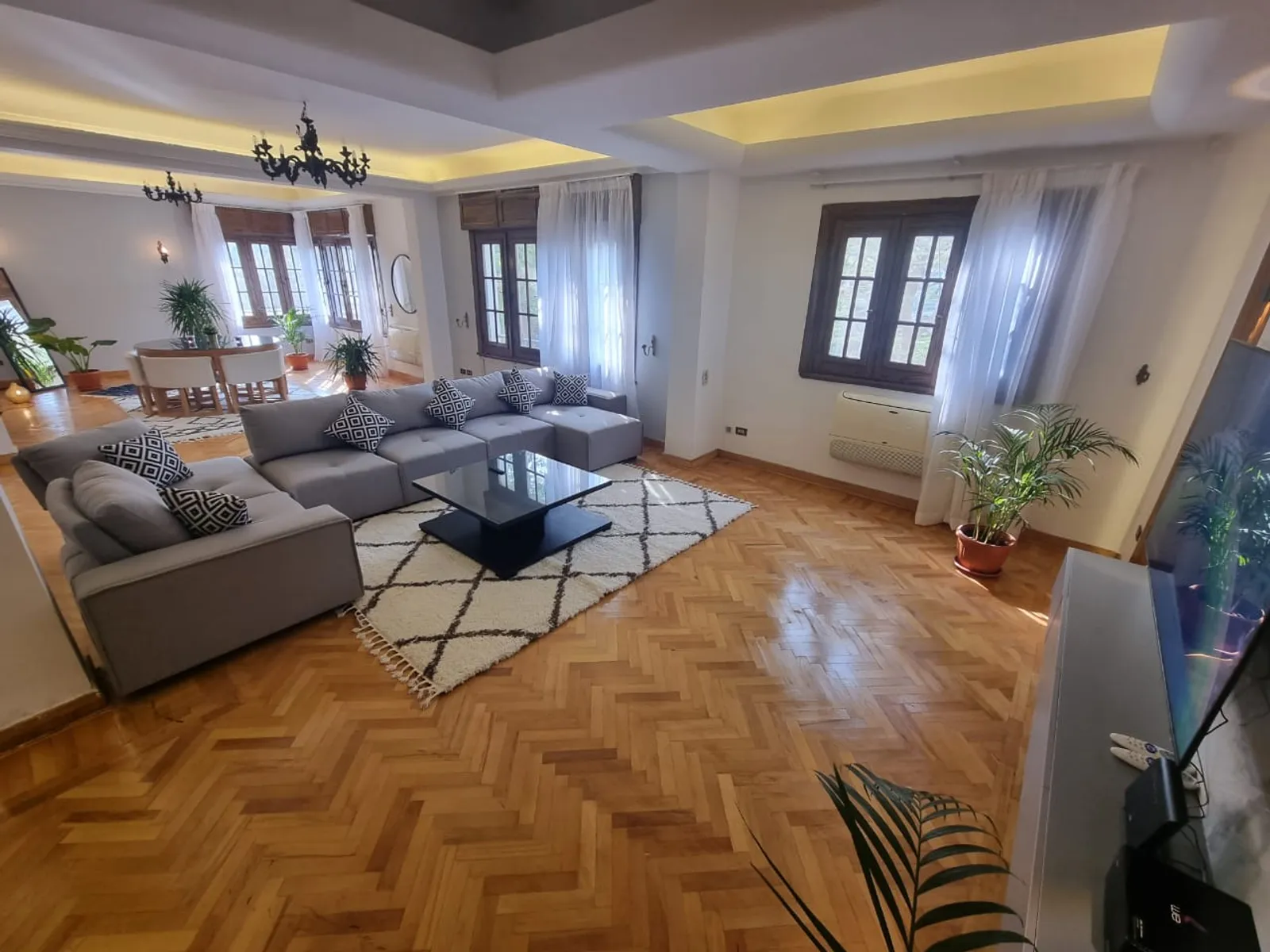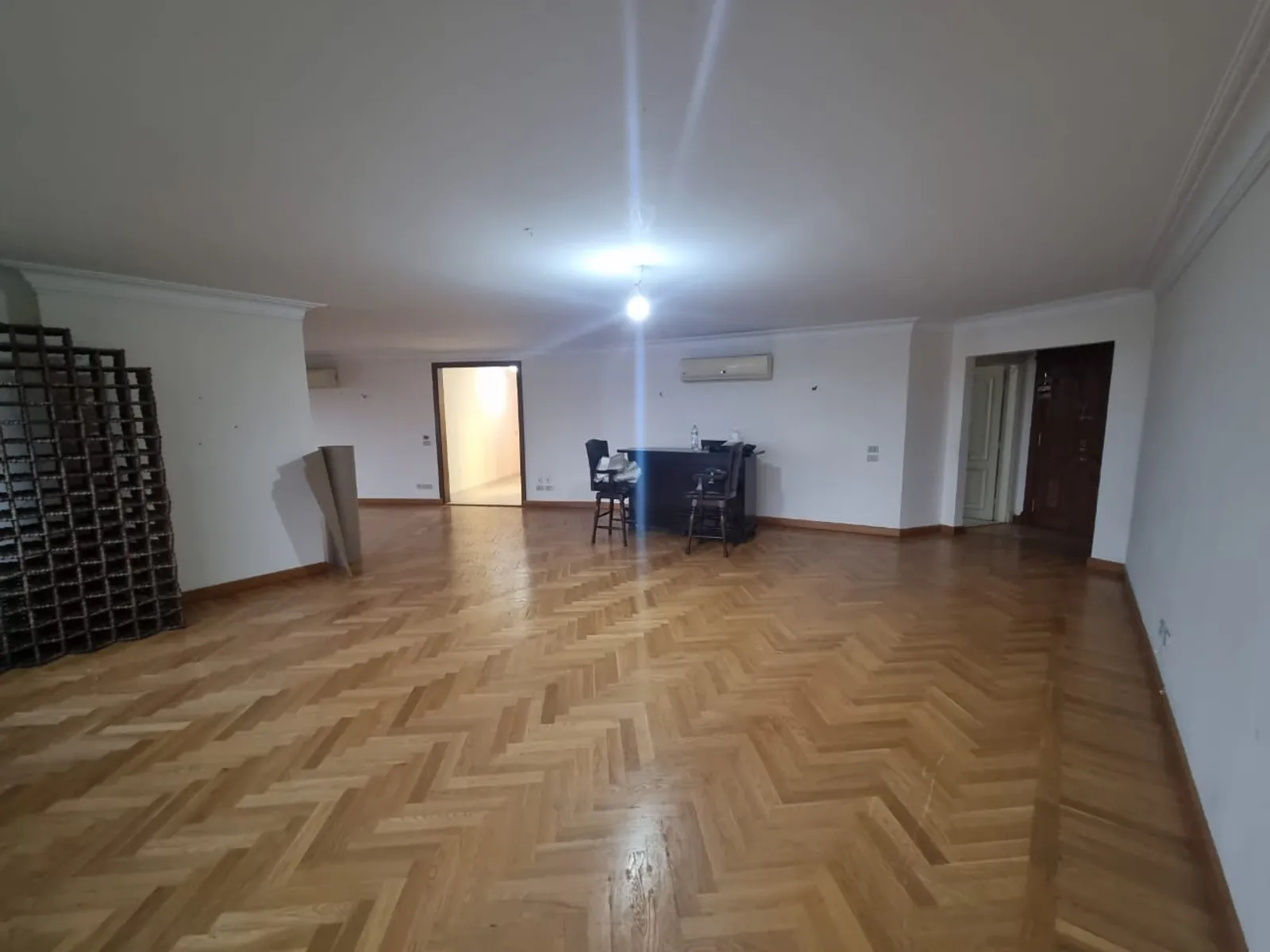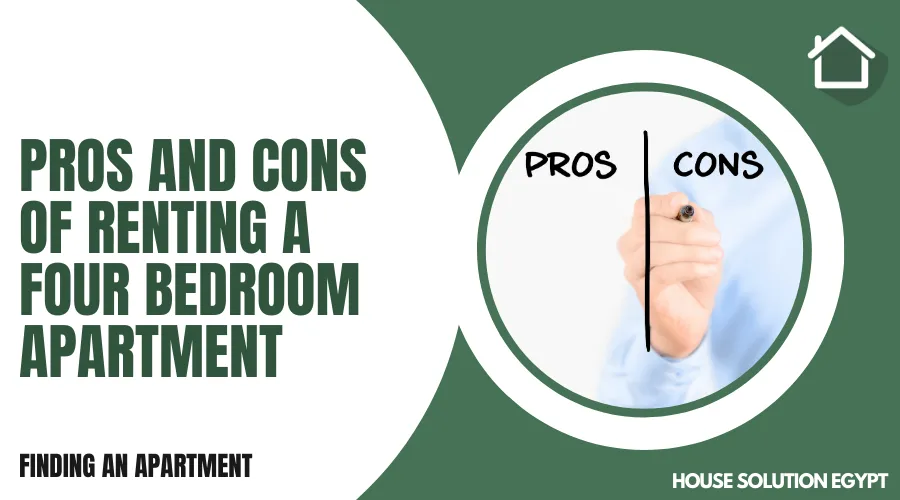IS RENTING AN APARTMENT ON A HIGHER FLOOR MORE EXPENSIVE?
Renting an Apartment|7.8 MIN READ|Updated on: 22 April 2024|Written by: Marwa Samir
The location and floor level of an apartment usually plays a significant role in determining the rental price. Some tenants believe that renting an apartment on a higher floor is more expensive, while others think that it may be cheaper. However, to determine whether or not renting an apartment on a higher floor is more expensive, several factors must be considered.
Apartments located on higher levels may offer better views and natural light than those situated on lower floors. Therefore, prime locations such as high-rise buildings with panoramic views may attract premium prices compared to lower floors or less attractive areas. Additionally, apartments located closer to amenities like shops and public transportation may also command higher prices regardless of their position within the building.
Accessibility plays a crucial factor when it comes to determining rental costs for apartments located on different floors of a building. Lifts are available in most modern buildings but having one accessible from your unit's door might come at an additional cost reflected in the monthly rent charges. Finally, other features like balconies provide extra space and comfort for tenants living in upper-floor units which often come at a premium cost compared to ground-level units without any outdoor space.
Choosing between renting an apartment on a higher or lower floor will depend on various personal preferences such as lifestyle choices related to noise levels or privacy concerns alongside budgetary considerations such as proximity to amenities and accessibility requirements.
Renting an Apartment
It is a common belief that renting an apartment on a higher floor comes with a higher price tag. However, this is not necessarily true in all cases. Generally speaking, the cost of renting an apartment may depend on various factors such as its size, location, and amenities offered.
While apartments on higher floors may offer better views and quieter surroundings away from street noise, they may not always be more expensive than lower-floor units. For instance, if an apartment complex has elevators or other modern amenities that allow easy access to upper-floor apartments, then the difference in rental prices between different floors might be negligible.
In some cases though, high-rise buildings or luxury apartments may charge a premium for their top-floor units due to the exclusivity and prestige associated with living at great heights. Ultimately, when deciding which floor to rent on, it's important to consider your budget and priorities in terms of convenience versus luxury.
Price Differences: Factors that Lead to Higher Cost
One of the primary factors that lead to higher costs when renting an apartment on a higher floor is the view. The better the view, the more expensive it will be. For instance, if you are looking for an apartment with a stunning view of a city skyline or oceanic waters, expect to pay more than someone who has no interest in such views.
Another factor that can drive up the cost of renting an apartment on a higher floor is accessibility. If you are living on one of the top floors, there is not much chance for quick evacuation in case of fire or other emergencies. That's why landlords have to make sure that safety measures are put in place such as emergency exits and alarms which may increase rent prices.
Amenities and comfort may also lead to increased rental rates for apartments located on higher floors. These may include facilities like elevators, air conditioning units, and gym equipment among others which need frequent maintenance and repair services leading to additional expenses passed onto tenants through high rents.
Building Types: High-Rise vs. Low-Rise
When it comes to apartment buildings, there are two main types: high-rise and low-rise. High-rise buildings are typically taller structures with more floors, while low-rise buildings tend to have fewer floors and a smaller overall height. The choice between a high-rise and low-rise building depends on several factors like personal preference, lifestyle, and budget.
One of the main advantages of living in a high-rise building is the view. If you're renting an apartment on a higher floor, you'll likely have access to breathtaking views that aren't available in low-rise apartments. However, this luxury comes with a higher price tag as apartments located on higher floors tend to be more expensive than units situated closer to the ground.
On the other hand, living in a low-rise building may mean sacrificing the view but enjoying lower rent prices compared to their high-rise counterparts. Additionally, some people prefer low-rises due to their cozy atmosphere and community feeling which can be challenging to achieve in larger high-rises.
Choosing between high or low-rise apartments depends on your preferences and budget constraints; however, it's worth considering all options before making your final decision.
Pros and Cons of High Floors
Pros of high floors include better views, less noise pollution, and increased privacy. With a higher floor comes an opportunity to overlook the cityscape or landscape which can be both breathtaking and calming. In addition to this, being far away from the ground level also reduces the amount of street noise you hear during busy hours. Lastly, living on a high floor offers more privacy as people walking past won't be able to look into your apartment through windows.
At the same time, there are some cons to consider when renting an apartment on a higher floor such as longer elevator wait times in tall buildings and increased risk in case of fire or natural disasters. With many people sharing the same elevator bank, it's not uncommon for wait times to increase during peak hours which can make leaving your building take much longer than expected. Furthermore, living up high has its risks as you'll have less time to escape if required during emergencies like fires or earthquakes.
While there are pros and cons associated with renting an apartment on a high floor; it ultimately depends on personal preference and priorities when choosing where you want to live.
Availability and Spending Power
Availability and spending power are two of the critical factors that determine the cost of renting an apartment in a high-rise building. In most cases, rental units on higher floors tend to be more expensive than those on lower floors. This is because apartments located on higher floors offer better views and are generally considered more desirable, which drives up their demand and consequently their price.
However, availability plays a crucial role in determining the cost of renting an apartment on a higher floor. If there is a high demand for rental units in a particular area or building, landlords may charge more regardless of the floor level. On the other hand, if there is a low demand for rental units or many vacant apartments available, landlords may be willing to negotiate prices to attract tenants.
Spending power also influences the cost of renting an apartment on a higher floor. Individuals with larger budgets may opt for luxurious apartments with stunning views that are typically located at higher levels in high-rise buildings. Conversely, individuals with smaller budgets may have no choice but to settle for rental units on lower floors due to financial constraints. Ultimately, availability and spending power are two critical factors that determine how much one pays when renting an apartment in a high-rise building.
Location: Urban vs. Suburban Areas
When it comes to location, the debate between urban and suburban areas continues. Urban areas are known for their high-density population, bustling city life, and diverse range of amenities. On the other hand, suburban areas are characterized by low-density residential neighborhoods, a quieter lifestyle, and easy access to green spaces. When it comes to renting an apartment on a higher floor in either type of location, there are pros and cons.
In urban areas with high-rise buildings, renting an apartment on a higher floor can mean stunning views of the city skyline or nearby landmarks. However, this luxury often comes at a cost that may be higher than lower floors due to the demand for such apartments. Additionally, higher floors may also mean more noise pollution from traffic or nightlife below.
In suburban areas with smaller-scale apartment complexes or townhouses that rarely exceed three stories tall, renting an apartment on a higher floor doesn't necessarily equate to significant cost differences compared to lower floors. However, being located further away from street-level activity may lead to less accessibility to daily amenities like groceries or entertainment options. Ultimately deciding which area is better suited for one's lifestyle depends on individual preferences and budget constraints.
Conclusion: Evaluating the Cost of Renting on Higher Floors
In conclusion, the cost of renting on higher floors is generally more expensive than on lower ones. The prime reason is the view that comes along with a higher-floor apartment. A good view can add significant value to a rental property, and landlords are well aware of this fact. Hence they tend to charge more for apartments on higher floors.
Moreover, apartments on higher floors also offer greater privacy compared to those lower down in the building, which is another factor that can increase their price. Tenants residing in high-rise buildings often have access to exclusive amenities like rooftop gardens, fitness centers, or swimming pools- features that make living on a higher floor even more desirable.
That said, there are exceptions where an apartment located on a lower floor may be priced the same as one on a higher floor within the same building. This usually happens when an apartment has unique features or has undergone extensive renovations that make it stand out from other units in the building regardless of its location.
